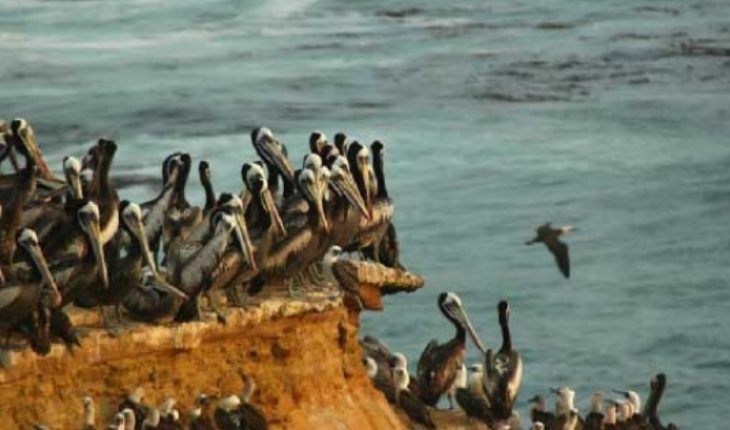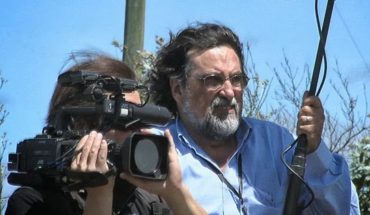Chile lacks a public service dedicated exclusively to the conservation of our biodiversity. Chile also lacks a national system of protected areas, which comprehensively manages all the country’s protected areas, both land and marine, public and private. This is precisely the gap that fills the bill that creates the Biodiversity and Protected Areas Service and the National System of Protected Areas, currently under consideration at the National Congress.
Behind this legislative proposal there is a belief that the administration of protected areas of the State must fall under environmental institutionality, since it is the call to conserve biodiversity in all its dimensions. Different and complementary work is that of productive ministries, which must ensure that activities based on the use of natural resources – such as silvoagropeque activity, fisheries and aquaculture, among others – are carried out in a sustainable manner.
Not everyone shares this look and the changes are not easy. Recognizing that CONAF has developed extremely important work in the management and management of many protected areas of the country – in particular the National Parks, Natural Monuments and National Reserves – the bill regulates the transfer of CONAF workers currently working in protected areas, i.e. park rangers and Protected Area Management workers. The future Biodiversity Service and Protected Areas will then have all the experience of these workers, as well as the regulatory force and vocation of a new public service dedicated exclusively to the conservation of biodiversity.
In detail, the legislative proposal is extensive, as it regulates various issues (such as the creation of a public service, a national system of protected areas and conservation instruments outside protected areas), and is also complex, as it modifies various legal standards in order to achieve consistency with the proposed changes. We imagine that this is the reason why some misconceptions or doubts have arisen from the proposed text.
It has been claimed, for example, that the bill has “small letter”, suggesting that there are wordings that pursue purposes contrary to the stated. Having participated directly in the discussion that took place for several months in the Committee on the Environment and National Goods of the Senate, we can give is that this is not the case. It would be very extensive to address here each of the points questioned – we can gladly discuss them in another instance – but we can say with conviction that all of them mean an improvement to the current regulation of our protected areas and the conservation of biodiversity in general.
With regard to protected areas, the project not only establishes a single system at the national level, but also fully complies with the Washington Convention. Thus, national parks can only be disaffected by law (and not by a simple supreme decree, as proposed in the Executive Power Bill). Moreover, considering that biodiversity does not recognize administrative boundaries, the proposal takes an important step in establishing new instruments for the conservation of species and ecosystems outside protected areas, such as management plans for conservation of threatened ecosystems, ecological restoration plans for degraded areas and plans for the prevention, control and eradication of invasive alien species. Tools are also envisaged to improve knowledge and diagnosis of our biodiversity and economic tools to encourage good practices for the sustainable use of natural resources.
Our invitation is to read the bill in an integral way, to internalize the discussion behind its text – for example, through the public reports of the congressional committees, where the detailed discussion of each article is transcribed – and, finally, to continue to make progress in the processing of this bill, to have as soon as possible a complete environmental institutionality, which allows us as a country to be an example in preserving our natural heritage.
The content poured into this opinion column is the sole responsibility of its author, and does not necessarily reflect the editorial line or position of El Mostrador.





